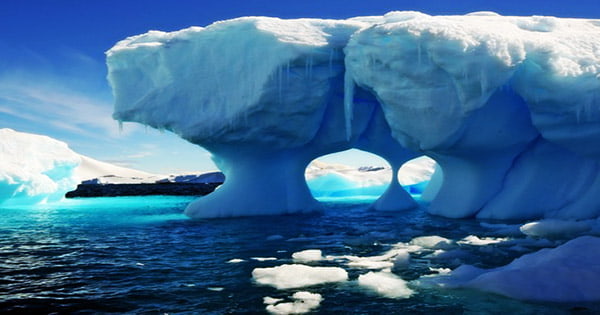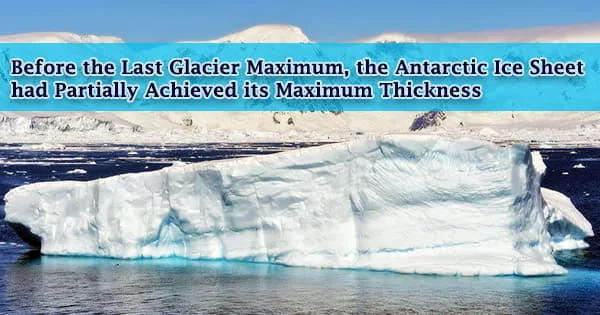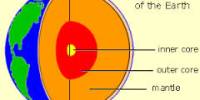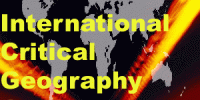Over millions of years, the Antarctic Ice Sheet, Earth’s southern polar ice sheet, has risen, receded, and grown again. With past data preserved in sediment, meltwater, and surrounding oceans, this shifting mass impacts the planet’s temperature and sea levels.
However, because to the sheet’s distant location and difficulty in collecting samples and data, researchers have limited access to samples and data that might reveal missing pieces in the ebb and flow of historic climate change. The findings were published in the journal Geology on June 14th (2021).
“An accurate reconstruction of Antarctic Ice Sheet changes is required to develop a further understanding of ice-sheet response to climate changes,” said paper author Takeshige Ishiwa, a postdoctoral researcher at the National Institute of Polar Research, Research Organization of Information and Systems.

One of Earth’s two polar ice caps is the Antarctic ice sheet. It covers nearly all of the Antarctic continent and is the world’s biggest single mass of ice. It has a surface area of almost 14 million square kilometers (5.4 million square miles) and a volume of ice of 26.5 million cubic kilometers (6,400,000 cubic miles).
Ice sheet fluctuations before the Last Glacial Maximum, around 20,000 years ago, when the world’s ice sheets were at their most widespread, have not been extensively recorded, according to Ishiwa. There are discrepancies in modeled data and geological observations due to the lack of records.
Sedimentary samples from two bays in East Antarctica, for example, show that sea levels did not differ greatly from contemporary observations despite a worldwide sea level decrease of more than 40 meters before the Last Glacial Maximum.
The ice sheet weighs 26,500,000 gigatons since one cubic kilometer of ice weighs around one metric gigaton. The Antarctic ice sheet holds roughly 61 percent of all fresh water on the planet, which equates to about 58 meters of sea-level rise. The annual maximum extent of Antarctic sea ice occurs in mid to late September, while the annual lowest occurs in late February or early March.
To further explain this discrepancy, the researchers used a model called glacial isostatic adjustment to simulate how land beneath the ice sheet moves. Even after the ice has melted, the land continues to have long-term consequences and moves differently as a result. The researchers ran simulations of several scenarios and discovered that just one seemed to explain the difference in sea levels.
The average extent of Arctic sea ice in September was 4.92 million square kilometers (1.90 million square miles), the 12th lowest in the 43-year satellite record. This is 1.35 million square kilometers (521,000 square miles) more than the previous low of September 2012, and 1.49 million square kilometers (575,000 square miles) lower than the 1981-2010 average. The 15 lowest September extents on record have occurred in the previous 15 years (2007-2021).
“Our glacial isostatic adjustment modeling results reveal that the Indian Ocean sector of Antarctic Ice Sheet would have been required to experience excess ice loads before the Last Glacial Maximum in order to explain limited geological data,” Ishiwa said. “We suggest that the Antarctic Ice Sheet partly reached its maximum thickness before the Last Glacier Maximum.”
The thicker ice appears to have lowered the continent, altering the gravitational field of land and water to cause the high sea levels, according to Ishiwa.
“Geological evidence supports our glacial isostatic adjustment-based Antarctic Ice Sheet reconstruction before the Last Glacial Maximum,” Ishiwa said, noting how sediment and meltwater data indicates that the ice sheet had partially decayed before the Last Glacial Maximum.
To further understand changes in the Antarctic Ice Sheet, the researchers aim to undertake another field survey and collect new geological data.
Jun’ichi Okuno and Yusuke Suganuma from the National Institute of Polar Research and the Department of Polar Research Science, School of Multidisciplinary Science, The Graduate University for Advanced Studies (SOKENDAI), respectively, are co-authors.
This research was funded by the Japan Society for the Promotion of Science, the TOREY Science Foundation, and the Giant Reservoirs-Antarctic initiative.
















